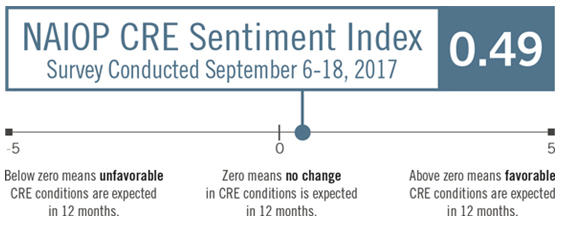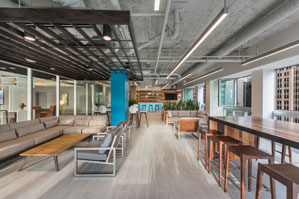Posted on December 28, 2017
Written by Paul Briggs
With retailers pivoting to better serve customers both online and in stores, an important shift is underway in the industrial real estate sector. Warehouses, historically viewed as cost centers where goods sat waiting to be shipped to a store, are evolving into profit centers that help retailers maximize revenue and differentiate from their competition. With strategically-located fulfillment centers, retailers can get goods into the hands of impatient consumers faster. Warehouses located closer to customers also make it easier to attract workers to fill the abundant fulfillment job openings.
This shift has fueled tremendous growth in warehouse demand and rents. The resultant value creation has generated the potential for superior investment performance in comparison to other major commercial property types over the past five years. Anticipating continued strength, investors have bid cap rates down to new lows.






 Want to predict the next real estate correction? When more than a quarter of all commercial real estate job openings are in property and asset management and acquisitions and development decline to less than 10 percent of all real estate jobs, it is a sign that the foot is coming off the gas pedal.
Want to predict the next real estate correction? When more than a quarter of all commercial real estate job openings are in property and asset management and acquisitions and development decline to less than 10 percent of all real estate jobs, it is a sign that the foot is coming off the gas pedal.
 A fresh-air, 28th-floor amenity lounge has transformed a Chicago office tower.
A fresh-air, 28th-floor amenity lounge has transformed a Chicago office tower.